Conclusions from the Course
Cabo Blanco was mostly about wrapping up papers and having some great end-of-course parties and gave me the opportunity to think on all that I had learned over the this month experience.
I have shared with you so far much of the beauty and intrigue, large and small, of the sites we visited. But in my work and education in conservation, there was much to contemplate beyond an introduction to and appreciation of natural Costa Rica. So, along those lines, here's a smattering of impressions and ideas that struck me...
From a technology perspective, some obvious conclusions emerged. GPS: not there yet and not clear how we get there any time soon. The devices are fine, it's the canopy that's the problem. So unless you can afford an antenae to get your reading above the trees, GPS is just a nice idea. Devices in general, including field text, audio, image and video collection, are coming down in price, but under used by researches because those with sufficient durability are still prohibitively expensive. It rains a ton and if your device isn't waterproof, it's rather useless. Moreover, the degree that technology determines the scope of research projects was clarified. That is, researchers use the tools they know and answer the questions their tools can illuminate. It's easy to see how specialized technology is playing an increasingly important role in biology: gene research being the most striking example. But GIS was rarely used in our course, not because there weren't innumerable fascinating spatial questions to ask and answer with GIS, but because almost all the students lacked familiarity with the toolset. That will change as the tools improve (dramatic improvements await!), but I was struck by the lack of use even among these young and sophisticated computer users. It's nice to be needed. Finally, I continue to see an opportunity for dramatic new organization and infrastructure in bioinformatics. The combination of incredible information overlap, in real data not just metadata, combined with powerful scientific and conservation implications for effective sharing means that there are huge untapped efficiencies. I continued to be inspired by the idea of a sub-internet, a "Bioinformatics Web" where conservation and scientific, especially conservation biology, data is entered, analyzed and leveraged in dramatically improved ways. Bottom line on this topic is that my work at NatureServe seems just the right thing.
As I said in my Conservation Economics post, I was moved by the irony of Costa Rica's acclaimed conservation programs and the realities of continued deforestation. Amphibian declines and ongoing hunting issues clarified the possibility of "empty forests". Secondary forests may indeed be the forests of the future, but if biodiversity declines continue, they will be characteristically quite different.
But it was the economic realities of conservation that I was most impressed by, specifically the need to develop the economic rewards of conservation and reforestation or be prepared for continued degradation. For instance, I was compelled by our discussion with Dan Jansen's and his bias against species-based conservation at the cost of simple acquisition and effective protection of intact landscapes or those suitable to reforestation that can connect intact landscapes. His views were characteristically harsh, but pragmatic. Dan also spoke with us about the accessibility that DNA bar coding may bring to non-scientists. I happen to agree that taxonomy need not be protected by the high-priests of today's taxonomists and that they is enormous education, and conservation, potential in making species identification increasingly cheap and easy.
Here again the theme of integrating local people into the conservation/restoration theme was clarified. Dan's work under INBio to train and employ local experts in taxonomy is a powerful alternative to the traditional, first-world-academia approach used by many conservation organizations. We saw another example the power of local knowledge in Cuerici where Swiss foresters controlled "sustainable forestry" practices. Secondary tree mortality resulting from the selective logging was much higher than the experts anticipated but completely consistent with the predictions of local farmers who know the forest.
In getting to know my fellow students, I was impressed and heartened by their talents and passion for their areas of expertise. I look forward to watching many of them progress to successful careers in science. I was surprised, I must say, by how some of the brightest minds among them seemed relatively unconcerned by issues in conservation. If nothing else, I would think self-interest in the preservation of their own systems would motivate some concerns. The course coordinators' inclusion of conservation and social science issues was thus all the more valuable to me.
I was also struck by the need for environmental education to encourage pragmatism and a system's approach. Even some faculty members took what I considered to be idealistic and unrealistic positions on the case for conservation that simply ignored historical, sociological and economic forces that must be respectfully confronted. In others I witnessed extreme pessimism about those same forces and a sense of helplessness. Both classes of response were recognizable to me from my own history. My experience in Costa Rica has clarified for me at a deeper level the need to stay positive, constructive and holistic in my own thinking and communication. Neither narrow idealism nor pessimism can be afforded.
There were some side lessons on leadership. My course coordinators struggled a bit to maintain good science content and keep logistics in order. Without going into too much detail, I can say that the course provided a small microcosm for the study of leadership and group dynamics. I didn't envy the coordinators' leadership challenges especially logistics in a foreign country and a bunch of opinionated students with sometimes conflicting needs. The experience gave me countless examples of the idea that leadership is best thought of as service ... and hard work. I particularly emphathized with the lonliness that leadership can sometimes bring, specifically the need to let go of being understood and even liked.
In these blog entries, I can see an evolution in my understanding of Costa Rica, natural systems and tropical biology research. What I will remember about Costa Rica is the combination of its natural beauty and conservation realities. What a fantastic and fun (!) experience.
Labels: Conservation IT, Ecoinformatics, Healthy Planet
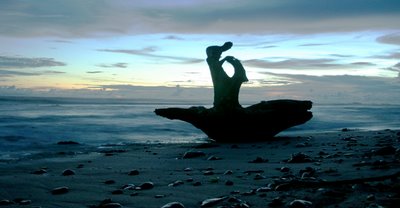

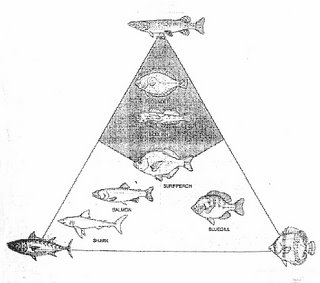
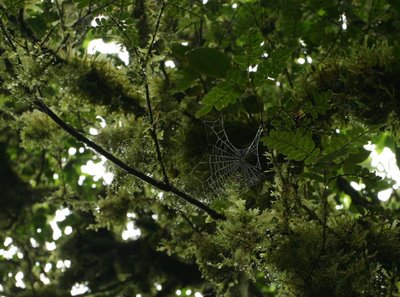

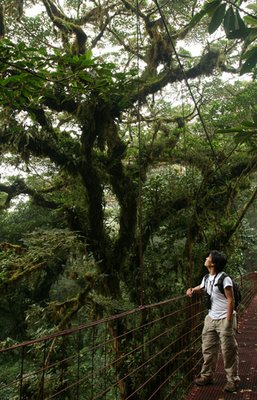
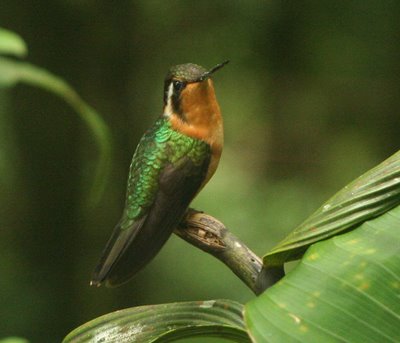
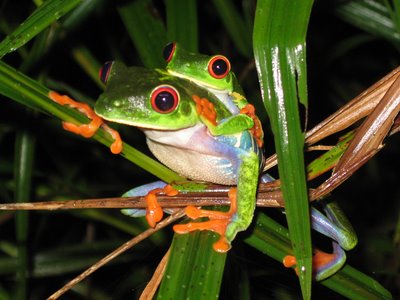
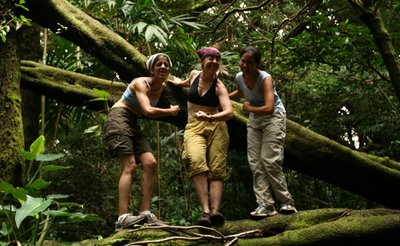
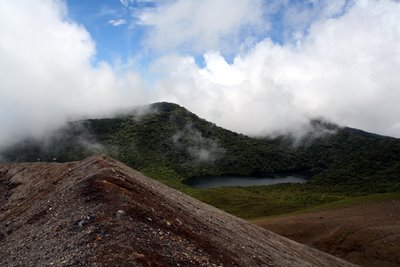
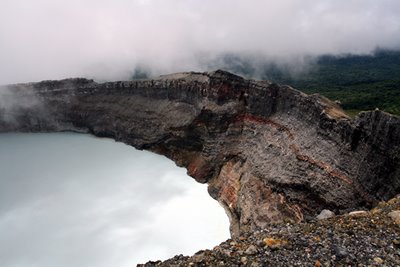
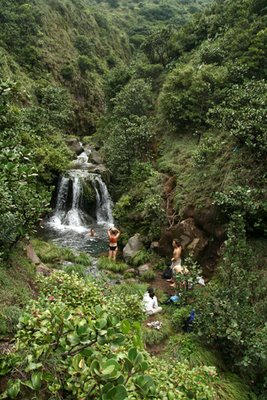

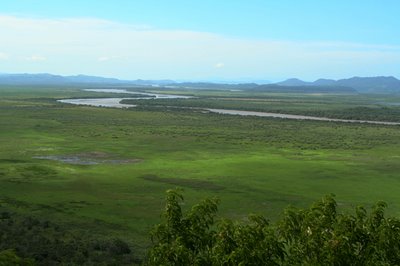
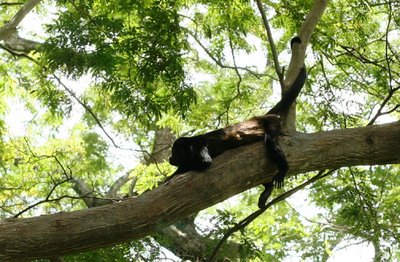
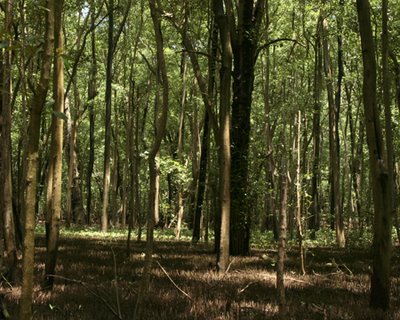
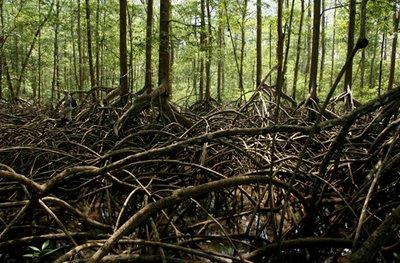
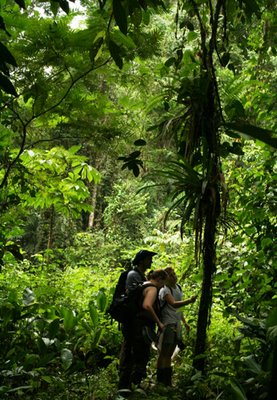



0 Comments:
Post a Comment Hide comments